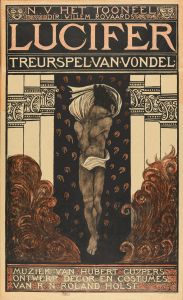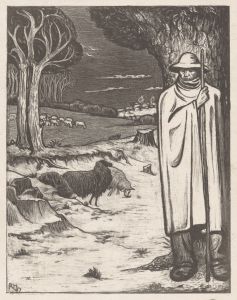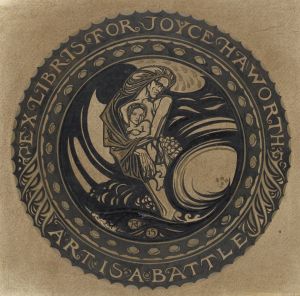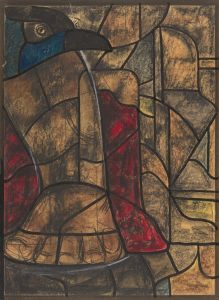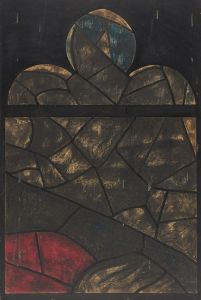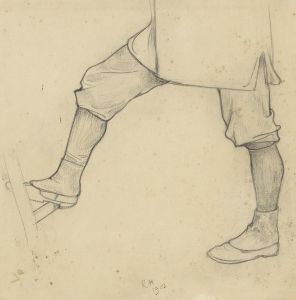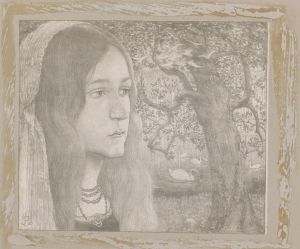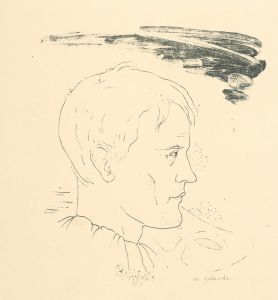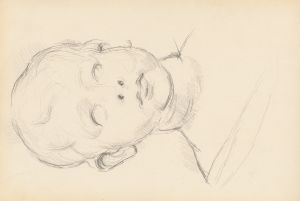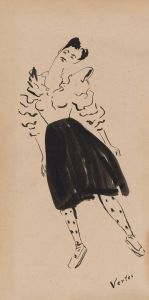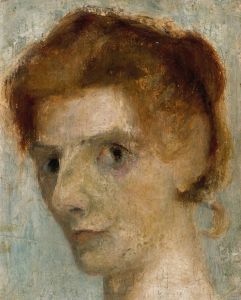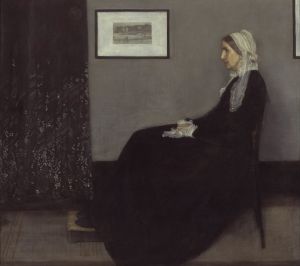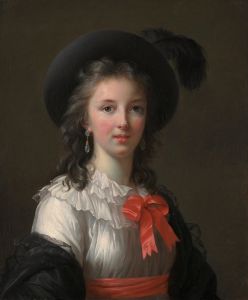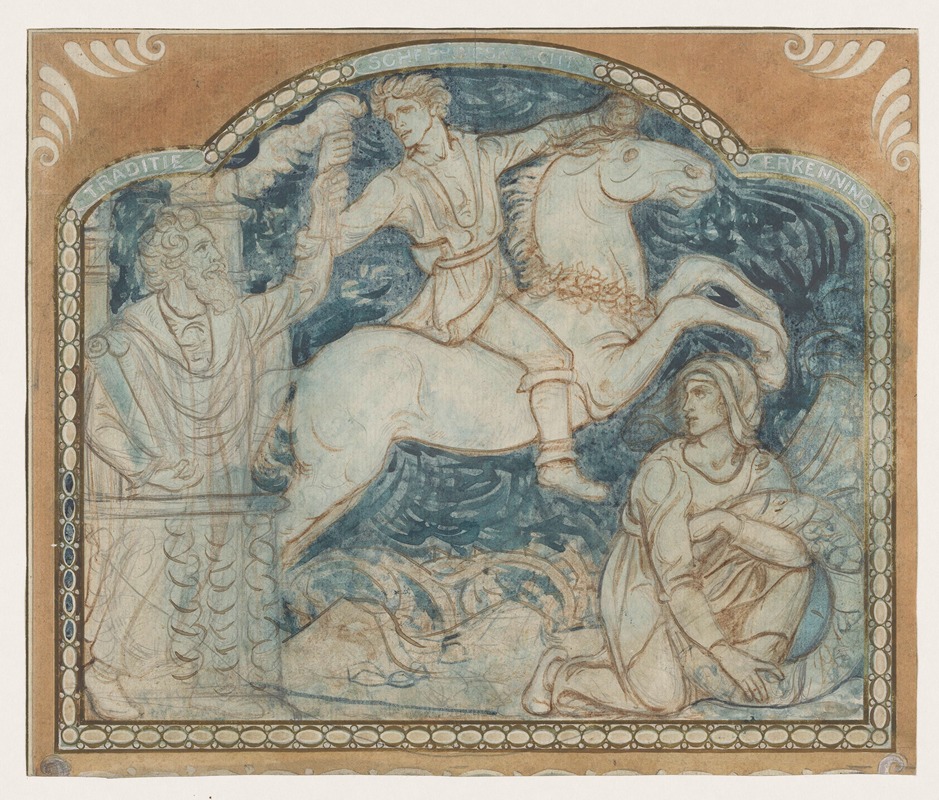
Traditie, Scheppingskracht en Erkenning
A hand-painted replica of Richard Nicolaüs Roland Holst’s masterpiece Traditie, Scheppingskracht en Erkenning, meticulously crafted by professional artists to capture the true essence of the original. Each piece is created with museum-quality canvas and rare mineral pigments, carefully painted by experienced artists with delicate brushstrokes and rich, layered colors to perfectly recreate the texture of the original artwork. Unlike machine-printed reproductions, this hand-painted version brings the painting to life, infused with the artist’s emotions and skill in every stroke. Whether for personal collection or home decoration, it instantly elevates the artistic atmosphere of any space.
Richard Nicolaüs Roland Holst was a prominent Dutch artist and designer, known for his contributions to the art movements of the late 19th and early 20th centuries. One of his notable works is "Traditie, Scheppingskracht en Erkenning," which translates to "Tradition, Creative Power, and Recognition." This artwork reflects Holst's deep engagement with themes of cultural heritage, artistic creation, and the acknowledgment of artistic contributions.
Roland Holst was born in 1868 in Amsterdam and became a central figure in the Dutch art scene. He was associated with the Amsterdamse Joffers, a group of artists who were part of the larger Amsterdam Impressionism movement. Holst's work often incorporated elements of symbolism and was influenced by the Arts and Crafts movement, which emphasized craftsmanship and the decorative arts.
"Traditie, Scheppingskracht en Erkenning" is emblematic of Holst's style, which often merged traditional techniques with modern themes. The painting is characterized by its intricate details and the use of rich, vibrant colors. Holst's work frequently explored the relationship between past and present, and this painting is no exception. It delves into the idea of tradition as a foundation for creative expression and the importance of recognizing the contributions of artists to cultural and societal development.
Holst was not only a painter but also a prolific designer and illustrator. He contributed to various public and private projects, including murals, stained glass windows, and book illustrations. His work in these areas further exemplified his commitment to integrating art into everyday life and making it accessible to a broader audience.
Throughout his career, Holst was deeply involved in the artistic community in the Netherlands. He served as a professor at the Rijksakademie van Beeldende Kunsten in Amsterdam, where he influenced a new generation of artists. His teachings emphasized the importance of artistic integrity and the role of art in social change.
"Traditie, Scheppingskracht en Erkenning" can be seen as a reflection of Holst's broader artistic philosophy. It underscores the significance of tradition in fostering creativity and the necessity of acknowledging the achievements of artists. This painting, like much of Holst's work, is a testament to his belief in the transformative power of art.
Holst's legacy is evident in the continued appreciation of his work and his influence on subsequent generations of artists. His contributions to Dutch art and his exploration of the interplay between tradition and innovation remain relevant today. "Traditie, Scheppingskracht en Erkenning" stands as a significant piece within his oeuvre, encapsulating the themes that were central to his artistic vision.
In summary, Richard Nicolaüs Roland Holst's "Traditie, Scheppingskracht en Erkenning" is a significant work that highlights the artist's engagement with tradition, creativity, and recognition. Through this painting, Holst communicates the enduring impact of cultural heritage on artistic expression and the vital role of artists in society.






